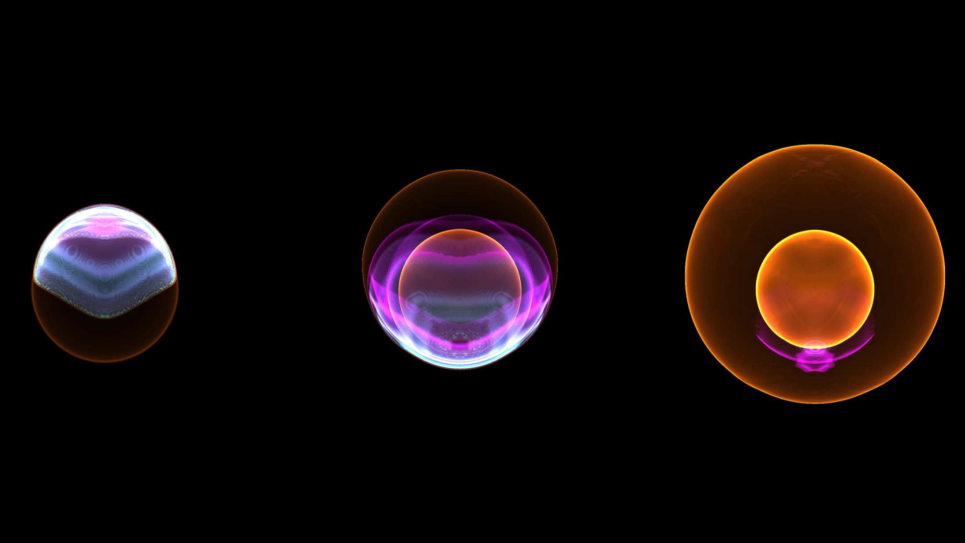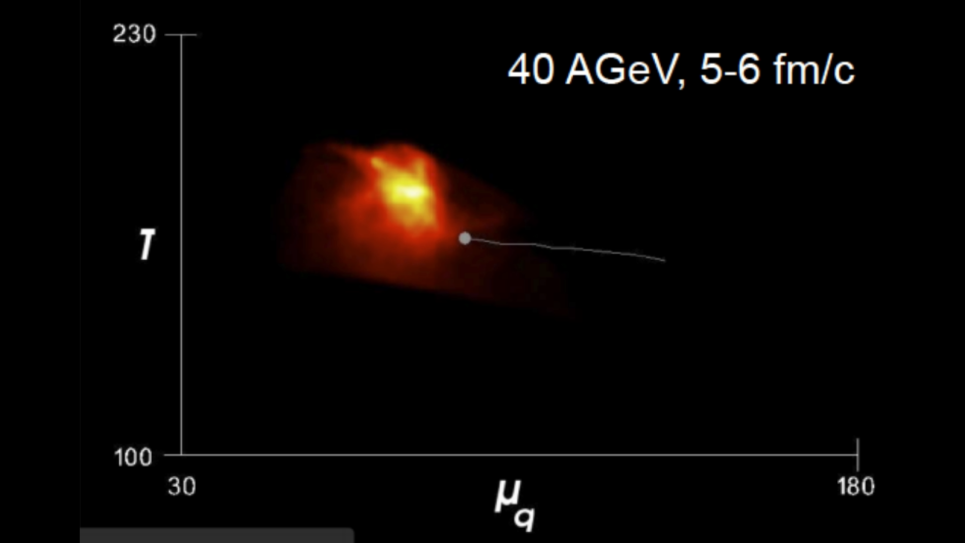Supermassive black holes are believed to exist at the center of every galaxy, where they play a crucial role in the evolution of galaxies. While no particles or electromagnetic radiation can escape from black holes, electromagnetic radiation can be emitted from the accretion material surrounding and feeding the black hole, the so-called accretion flow. A detailed understanding of the physical environment that produces this emission will deepen our knowledge of black holes themselves and of the matter in extreme conditions that surrounds them.
With this INCITE project, researchers will study how magnetized plasma turbulence and magnetic reconnection — two of the most fundamental and ubiquitous plasma processes, which were historically studied separately, but have recently been shown to be inevitably interconnected — lead to heating and particle acceleration in the accretion flows feeding massive black holes. The team will use the particle-in-cell code, TRISTAN-MP, to perform large-scale kinetic simulations focused on two aspects of the physics of plasmas near black holes.
For one study, the researchers will explore the development of turbulence and reconnection in low-luminosity accretion flows to understand the efficiency and the mechanisms of electron heating and acceleration. This will be critical to producing physically motivated models that can be used to compare with observations such as the Event Horizon Telescope, which recently delivered the first image of the black hole “shadow” in the M87 galaxy.
For the second study, the team will investigate the self-consistent interplay of turbulence and radiation in the most magnetized regions around luminous black hole systems. They will assess the origin of the observed hard X-ray emission, and test whether black hole coronae are likely sources of ultra high energy cosmic rays, the most energetic particles in the Universe. On a more fundamental level, this study will advance our understanding of the plasma physics of turbulence and reconnection in the extreme relativistic conditions near black holes.


